Mathleaks Migration to AWS
- Ankush Madaan
- Case Studies
About
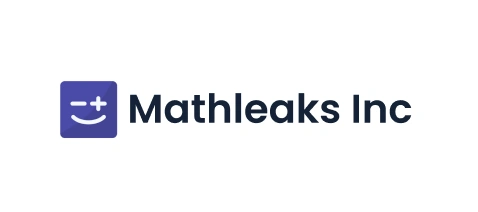
Migration of Mathleaks project to container environment running on AWS EKS along with Monitoring, Logging and continuous integration & continuous deployment to multiple Regions.
Industries
- AWS, DevSecOps, Migration, Security
Share Via
The Challenge
Mathleaks is an Edtech company with Global footprints that provide students online answers and solutions to all math courses. The company was launching in the USA was struggling to find the solution for running their application in both the USA & Europe with scale and cost-efficiency.
- The existing infrastructure was scattered and on multiple local clouds providers with no to minimum elasticity.
- Deployment of the application to multiple regions was a manual process which was very inefficient.
- The database was a major challenge since they require a common database across regions which will provide them the throughput and speed required to serve the customers.
Solution’s Implemented
The goal was to migrate the entire system to AWS Cloud for elasticity, process, and simplicity.
- Kubernetes Deployment: Applications were migrated to Kubernetes infrastructure to provide a consistent environment with containerize approach to scale efficiently as per the traffic along with high availability.
- Global Deployment: Continuous integration & Continuous deployment were built to deploy the application to multiple regions (USA & Europe) with dynamic configuration changes as per the region of deployment.
- Global Traffic: Route53 was used with Geo location-based routing to direct traffic based on the origin of traffic with the lowest latency for the user. It also provided High availability in case there is an issue with one region.
- Monitoring & Alerting: Initially there was no monitoring and alerting solution setup for the website and the first task was to set up the monitoring solution. Prometheus ( Data capturing) and Grafana (visualization & alerting) were used to send the warning and critical alerts for any service going down.
- AWS global Aurora: Aurora Global Mysql was used for providing the High Throughput and global availability with the least latency for the database-intensive website by having a primary and secondary clusters in both regions.
- Cost Optimization: Autoscaling was achieved using Fleet of Spot instance which helped save cost and all non-production environments were auto-shutdown and start using cloudwatch events & lambda functions for manual maintenance.
- Backup’s: DB backups were configured & AMI was created
Results
- The system was elastic & can scale based on the user traffic.
- System Failure was eradicated by providing high Availability & global reach.
- Ease of use for the Developer to deploy & debug.
- Overall Cost was reduced 20-25% and achieving high availability & security
Related Posts
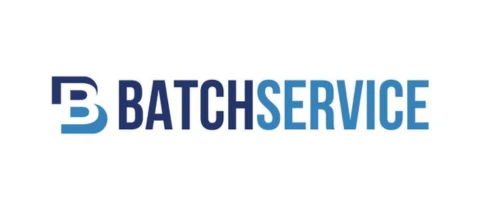
Smooth Migration of MongoDB & Elasticsearch to AWS
- Case Studies
BatchService cut cloud costs by 27%, improved query performance by 30%, and ensured zero downtime by migrating 12+ TB of data to AWS EKS with SquareOps’ expert-led solution.
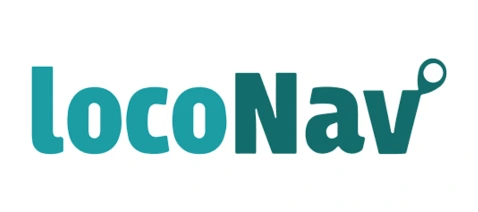
Streamlining Deployments for Loconav with Automation
- Case Studies
SquareOps streamlined Loconav’s global deployments by automating infrastructure with Kubernetes, Terraform, and Ansible, reducing errors, costs, and deployment time from days to hours. 🚀
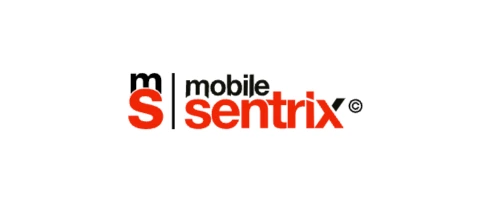
Scaling DevOps & Performance for MobileSentrix
- Case Studies
SquareOps streamlined Loconav’s global deployments by automating infrastructure with Kubernetes, Terraform, and Ansible, reducing errors, costs, and deployment time from days to hours. 🚀

Migration of MongoDB & Elasticsearch to AWS
- Case Studies
SquareOps helped BatchService migrate 12TB+ of MongoDB & Elasticsearch to AWS, reducing costs by 27%, improving scalability, security, and performance with a zero-downtime strategy.

AWS Control Tower Strategy For EyeControl
- Case Studies
Learn how SquareOps utilized AWS Control Tower to enhance EyeControl’s multi-account management in healthcare technology, ensuring strong security.
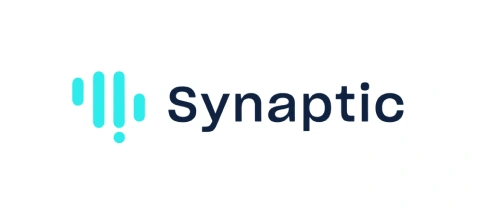
Transforming AWS Security Landscape For Synaptic
- Case Studies
Learn how Synaptic enhanced AWS security with SquareOps, achieving ISO27001 compliance and improved threat detection. Secure your data and empower growth with SquareOps.

